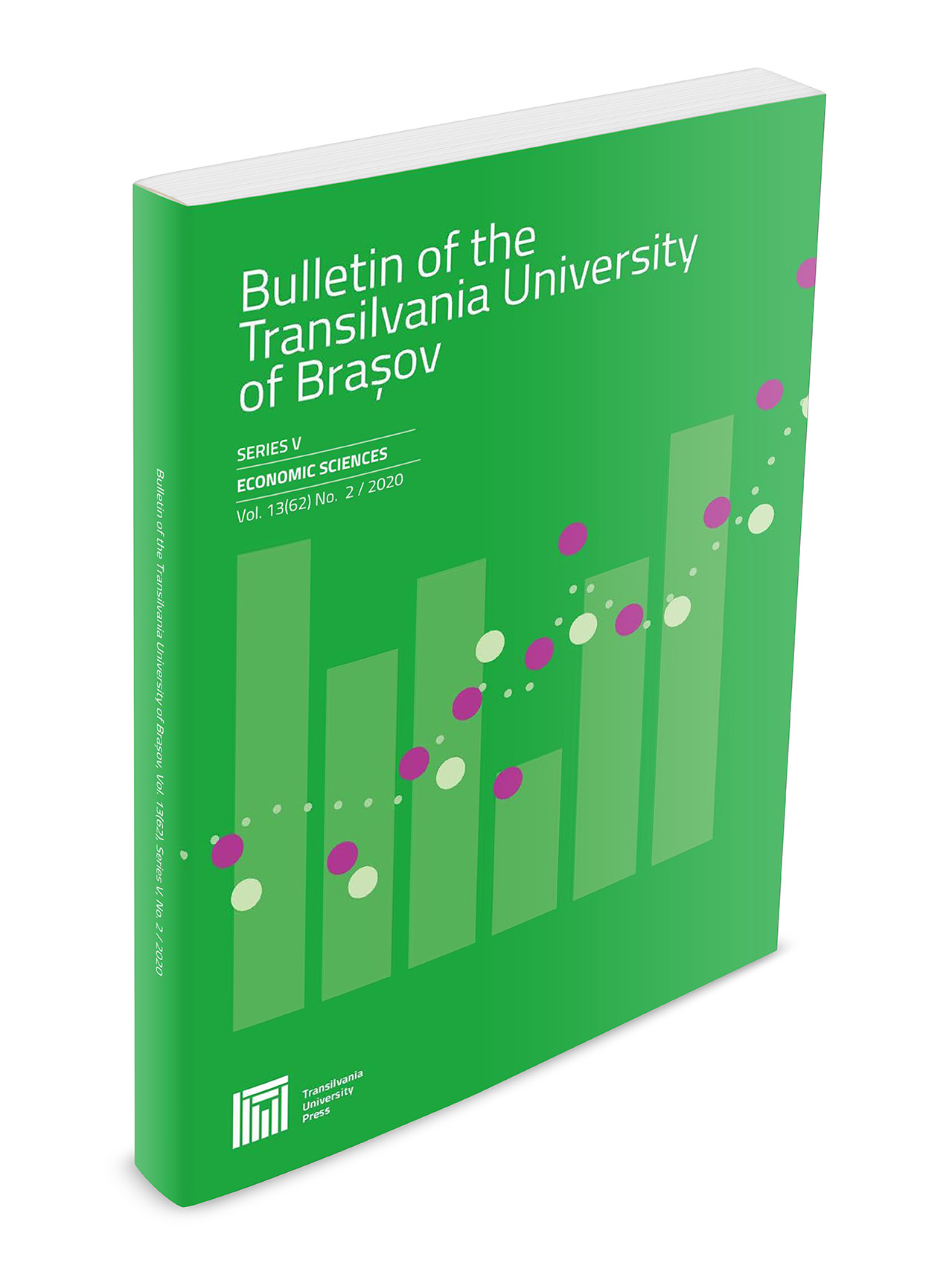Monetary policy efficiency in the euro zone: some empirical evidence of money demand stability and endogeneity
Keywords:
CUSUM test, Hansen stability test, money homogeneity and endogeneity, Granger Non-Causality testAbstract
The primary target of most central banks in developed economies is to maintain price stability. When there is no threat to the fulfillment of the primary target, the central bank focuses on its secondary target which is defined as support of sustainable economic growth and full employment. Even though, a substantial part of the discussions regarding the targets of the central banks focus on price stability, the real target is to support sustainable economic growth, especially to stabilize the fluctuation in the economic activity. This paper focuses on the current problems of monetary policy implementation in the Eurozone. Firstly, the author focuses on the money demand function estimation and its stability. Another problem lies in the Postkeynesians´ assumptions of money endogeneity. Although central banks may have certain control over the money supply, they cannot fix the stock of money in a country. Different trends in monetary aggregate fluctuation contribute to rejecting the money homogeneity hypothesis.Downloads
Published
Issue
Section
License
Copyright (c) 2010 Bulletin of the Transilvania University of Brasov. Series V: Economic Sciences

This work is licensed under a Creative Commons Attribution 4.0 International License.




